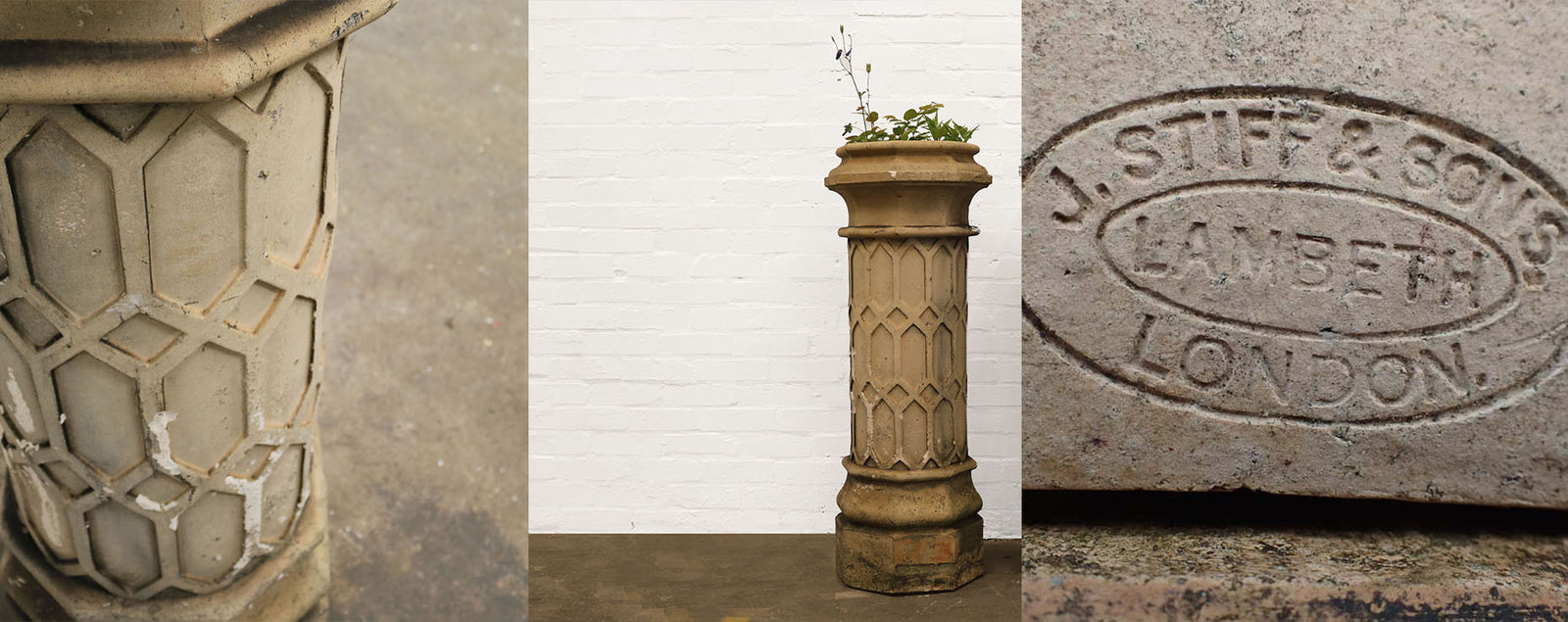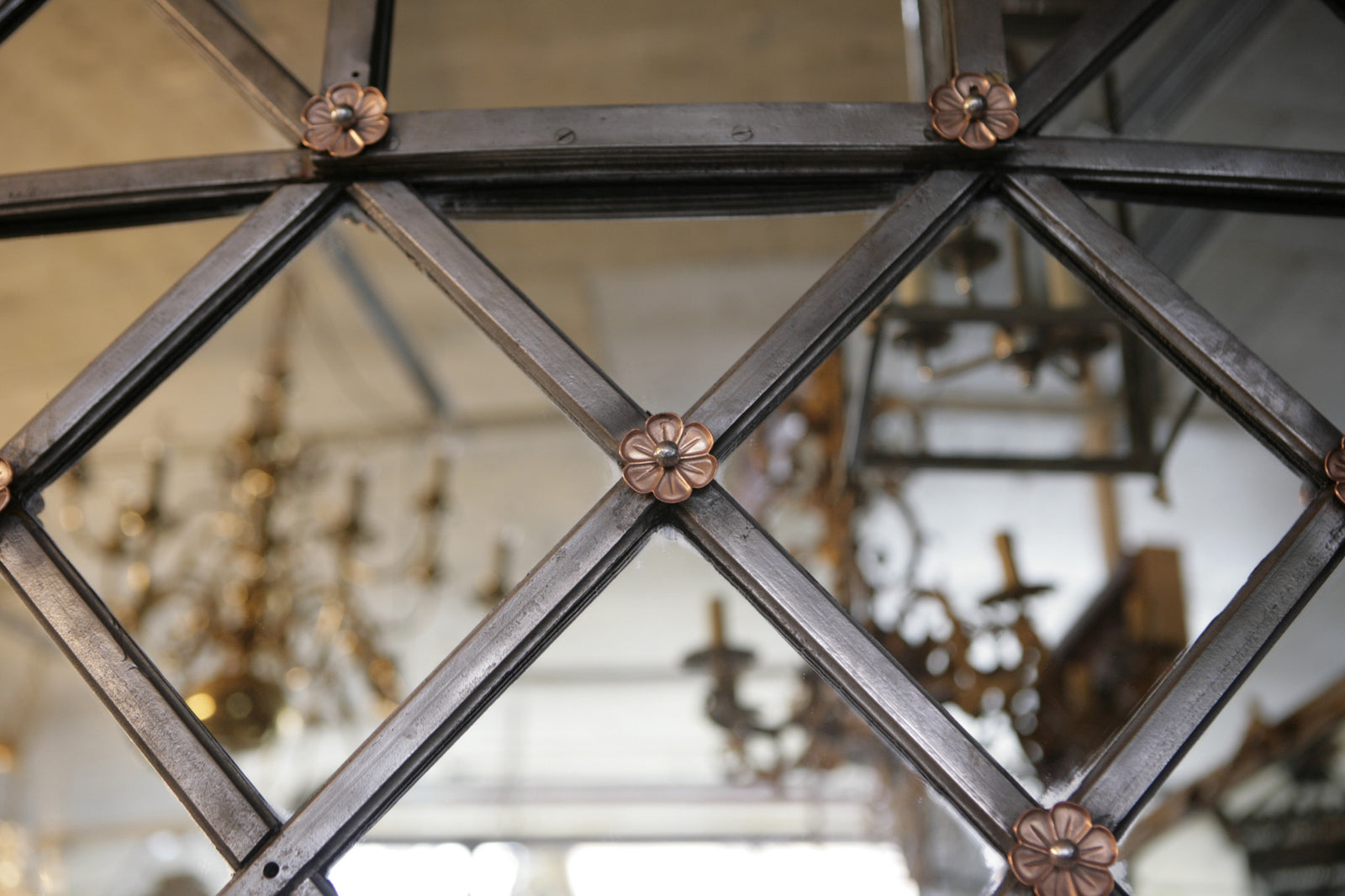
Ashburton Marble is the most well known of the Devon marbles, coloured grey to black with white and pink veins of calcite.
This stone was formed during the carboniferous period some 350 million years ago by earth movements and the intrusion of Dartmoor granite which compacted and transformed the surrounding stone.
Ashburton marble contains corals, crinoids and brachiopod fossils from the Devonian sea.
In its unpolished state it was used for walls and can still be found as kerbstones along East Street in Ashburton; in the rain the colours are striking. It was often used for fireplaces, architectural features and monuments (examples occur in the cathedrals of Exeter, Chichester, and Guildford), and in 1967 was used for the decoration of the central staircase and lobby of the Canadian National Library in Ottawa.
 Left Kerbstones, East Street, Ashburton. Right Ashburton marble at St Andrews, Ashburton
Left Kerbstones, East Street, Ashburton. Right Ashburton marble at St Andrews, Ashburton
Devon marbles are in fact limestones that can take a high polish. Real marble is metamorphosed limestone which has been transformed and recrystallised by the heat and pressure of geological activity, producing distinctive textures, hardnesses, and a variety of colours. This recrystallisation destroys any fossils, and so fossil content is indicative of how true a marble may be.
Devon marbles are considered Madrepore(coral-rich) marbles, exposed to sufficient geological heat and pressure to allow a partial reconfiguration of their structure, and can be cut and polished to imitate marble.
We have two Ashburton fireplaces currently in stock. Check them out here and here



























